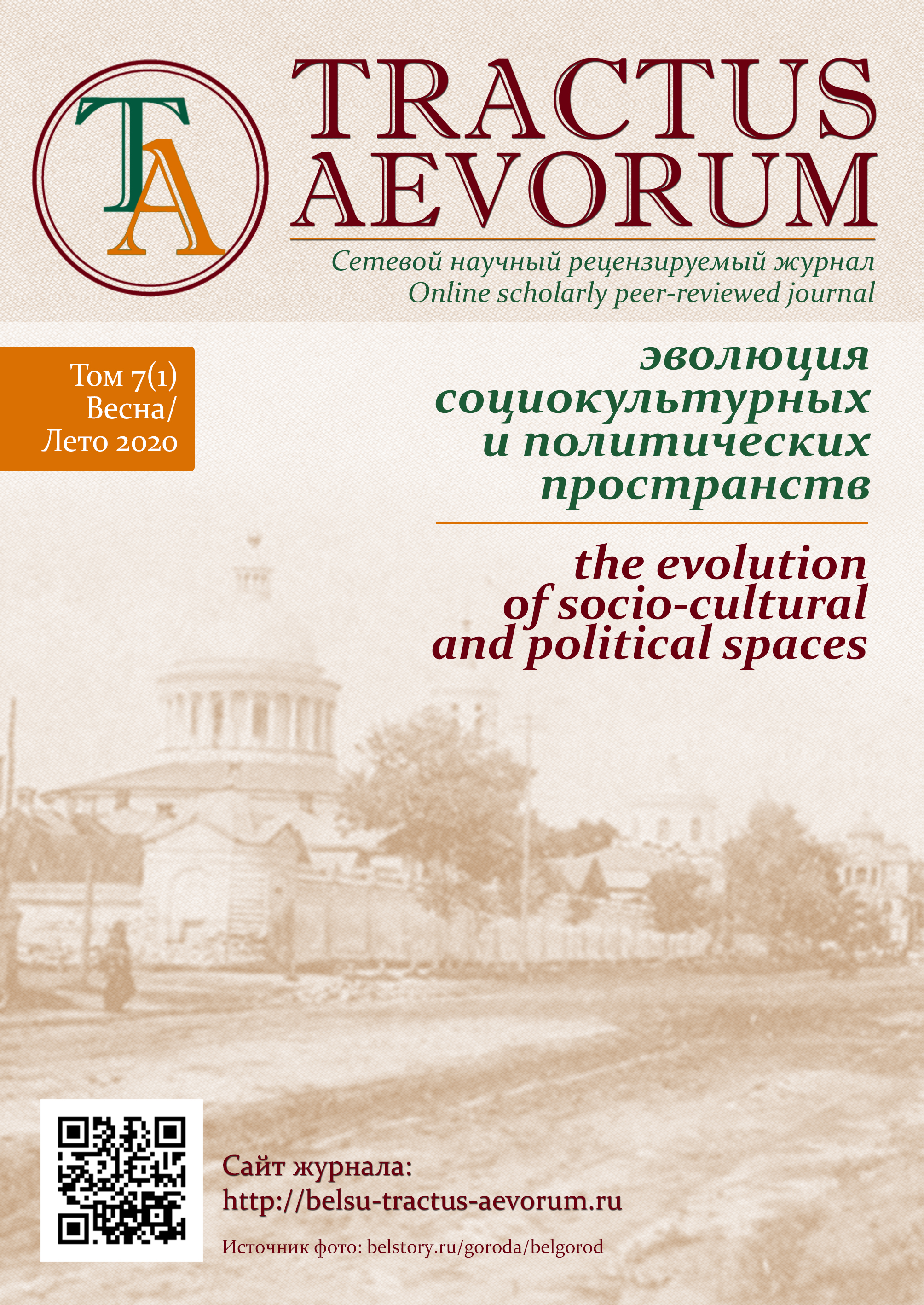|
ROUND TABLE: THE PROBLEMS OF TRANSITION FROM THE LATE ANTIQUITY TO THE EARLY MIDDLE AGES
This round table discussion outlined a number of important problems in the study of the transition from the Late Antiquity to the Middle Ages in Europe and the Middle East. The most important of them are the problems of preservation and continuity of statehood, and of cultural and ideological processes, as well as the evolution of material culture; this discussion reveals significant regional differences. The most important historiographical issues include the source base and the interpretation of available sources, as well as problems of church history.
Late Antiquity as a Transitional Period
N. N. Bolgov
Belgorod National Research University
Pobedy st. 85, Belgorod, 308015, Russia
E-mail:
Этот e-mail адрес защищен от спам-ботов, для его просмотра у Вас должен быть включен Javascript
Sources on the Late Antiquity
V. V. Serov
Altai Institute of Economics
Lenina pr. 106е, Barnaul, 656011, Russia
E-mail:
Этот e-mail адрес защищен от спам-ботов, для его просмотра у Вас должен быть включен Javascript
Church in the Late Roman Empire: the Current State of Research
M. V. Gratsianskiy
Moscow State University
Lomonosovskii pr. 27/4, Moscow, 119991, Russia
E-mail:
Этот e-mail адрес защищен от спам-ботов, для его просмотра у Вас должен быть включен Javascript
Regions of Early Byzantium
A. Z. Harutyunyan
Yerevan State University
Kh. Abovyan st. 52, 0025, Yerevan, Republic of Armenia
E-mail:
Этот e-mail адрес защищен от спам-ботов, для его просмотра у Вас должен быть включен Javascript
Center and Periphery in the Late Antiquity (on the Example of Bosporus)
A. L. Yermolin
The Zinman Institute of Archaeology, University of Haifa
199 Aba-Hushi Avenue, Haifa, 3498838, Israel
E-mail:
Этот e-mail адрес защищен от спам-ботов, для его просмотра у Вас должен быть включен Javascript
|

